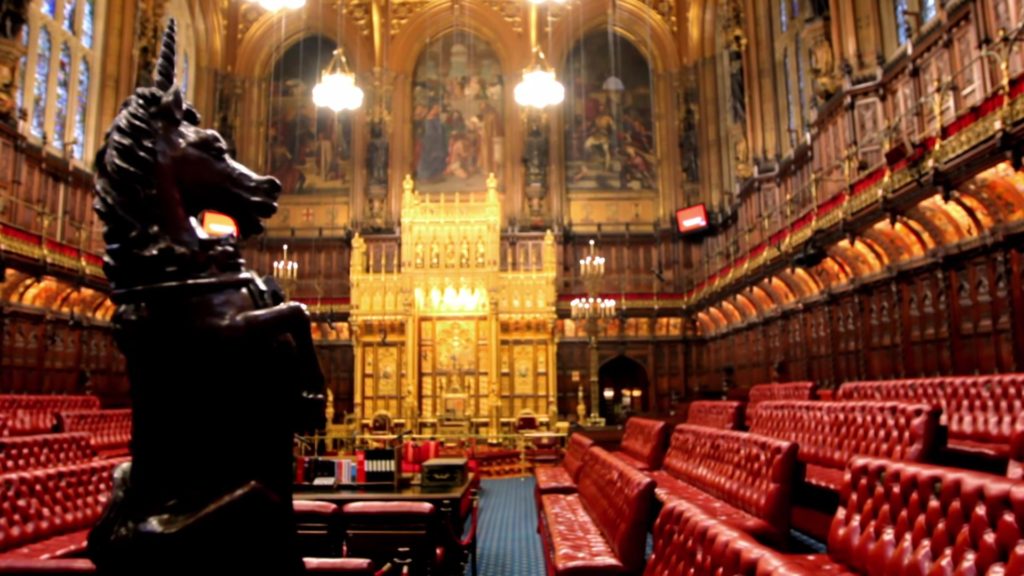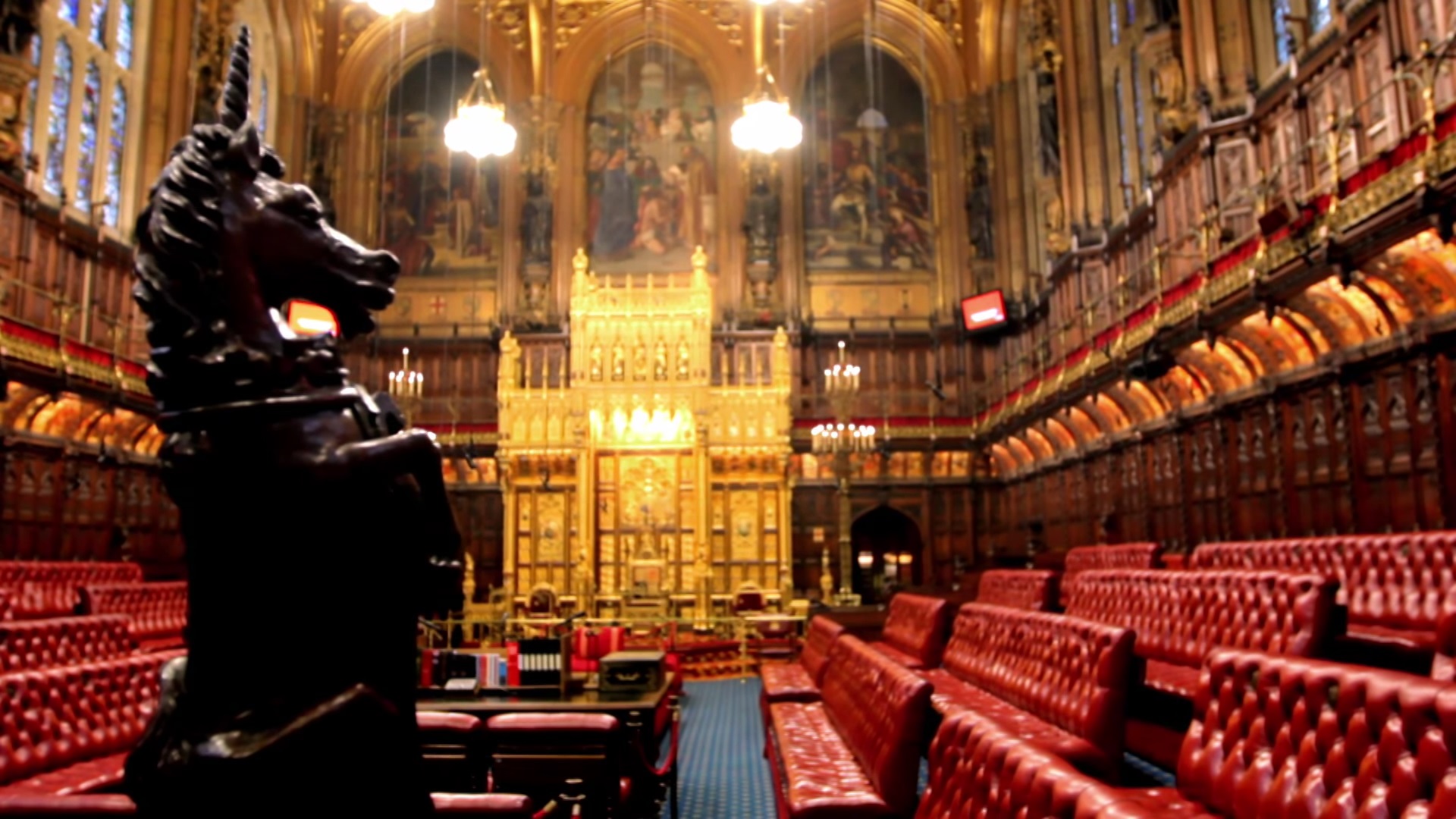The House of Lords developed from the Great Council that advised the King during medieval times. By 1295 the first English Parliament which included archbishops, bishops, abbots, earls, barons, and representatives of the shires and boroughs was being held. The Lords moved from a body based largely on the hereditary principle to become all too often just a home for ex-politicians and their most favoured donors.
Crispin Williams writes his opinion on what should happen next to complete the long overdue House of Lords reform.
“The House of Lords is the British Outer Mongolia for retired politicians”
Tony Benn

Opinion Piece by Crispin Williams
There is fairly general agreement that the House of Lords is in need of reform. It currently has more members (778) than there are physical seats in the chamber and many of these peers never do much more than turn up to collect their allowance. Furthermore, there has been a tendency in recent years to make an increasing number of political appointments, often by ‘promoting’ MPs who have lost their seats. The growth in the number of overtly political Lords lessens the one big advantage of the House: that it should be a scrutinising and revising chamber with little political agenda.
I am, therefore, vehemently against an elected House as this would just reflect the Commons and would make the Lords even more political; at least not having to worry about being re-elected Lords can (theoretically at least) speak their own mind.
My suggestion is for members of the House of Lords to be selected by an appointment committee. This committee would be composed of ‘the great and the good’ by the position they hold in public life, not by personality. Thus, the holders of specific posts would automatically have a say in selection, whoever they may be.
Below I give some examples of the kind of positions that might comprise the appointment committee. As I say, these are just examples and there can be much further debate as to the final choice.
- The Prime Minister and, say, three leading cabinet positions
- The Leader of the Opposition and one other Opposition position
- The Leader of any other party with X number of seats in the Commons
- The Speaker of the House of Commons
- The Speaker of the House of Lords
- The First Minister of Scotland
- The First Minister of Wales
- The Mayor of London
- The Archbishop of Canterbury
- The Prince of Wales
- The Governor of the Bank of England
- The General Secretary of the TUC
- The Director-General of the CBI
- The Chair of the Commission for Racial Equality
- The Chair of the National Federation of Women’s Institutes
This would lead to a House of high quality people being elected by a committee with balanced views. Clearly, some of the above might also be Lords themselves.
The House of Lords would comprise 250 members, re-appointed on a staggered 10 year basis, with no restriction on the number of times a member could be re-appointed.

What do you think of these proposals? Write to us at Croydon Constitutionalists to share your views.
Main Photo by UK Parliament – https://www.youtube.com/watch?v=_sLZBWcPklk @ 01:06, CC BY 3.0, https://commons.wikimedia.org/w/index.php?curid=56761114


2 thoughts on “House of Lords Reform – a job half done”
Comments are closed.